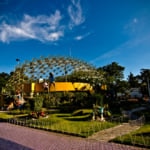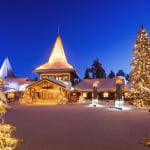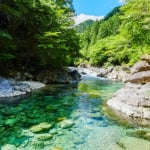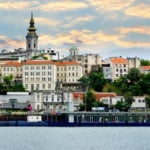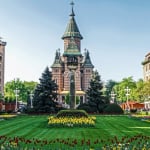Name: Stari Ras and Sopoćani
Address: Vicinity of Novi Pazar, Raška District, Republic of Serbia
Official/Related Website: https://whc.unesco.org/en/list/96
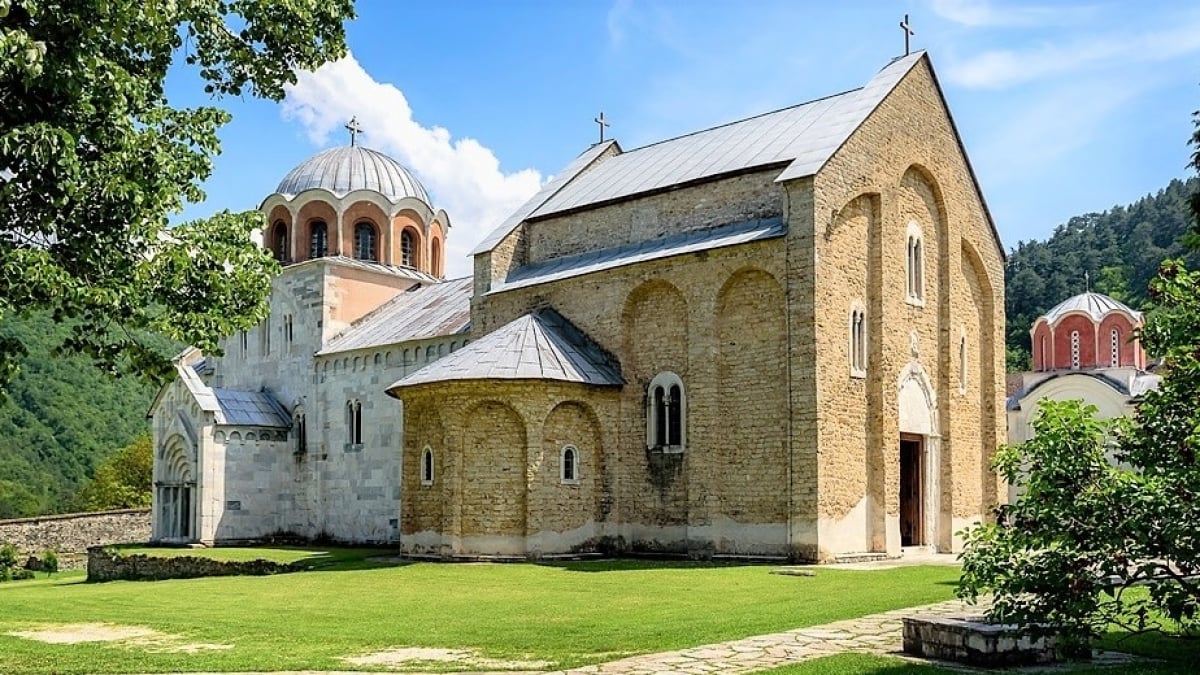
World Heritage Sites of Serbia! A Journey Through Enchanting Ancient Ruins and Medieval Architecture
The Republic of Serbia, formerly part of Yugoslavia, is surprisingly rich in tourism resources despite being surrounded by eight countries in the heart of Eastern Europe. In particular, medieval ruins and historical buildings—especially churches—are remarkably well-preserved. Including one World Heritage Site located in the Republic of Kosovo, which declared independence in 2008, Serbia boasts a total of five cultural World Heritage Sites. The contrast between Serbia’s stunning natural landscapes and its World Heritage Sites is truly breathtaking and not to be missed. Here are five of Serbia’s World Heritage Sites.
table of contents
[x] close
World Heritage Sites of Serbia! A Journey Through Enchanting Ancient Ruins and Medieval Architecture
1. Stari Ras and Sopoćani
The first site in Serbia to be registered as a World Heritage Site in 1979 was Stari Ras and Sopoćani. Stari Ras refers to the capital of the medieval state of Raška. This group of ruins—including a fortress, cathedral, and monastery—along with nearby related structures, is registered as a cultural World Heritage Site. These can be seen in the southwestern Serbian town of Novi Pazar.
One site you absolutely shouldn’t miss is the Sopoćani Monastery. Built in the late 13th century as a Serbian Orthodox monastery, it suffered damage to parts like the roof during wartime, but was restored in the 20th century and retains its current appearance. When visiting, pay special attention to the interior frescoes. These are considered among the most beautiful of this era in Serbian art. Especially notable is the vividly colored and stunning work known as “The Dormition of the Virgin.” This is a must-see spot among Serbia’s World Heritage Sites.
2. Studenica Monastery
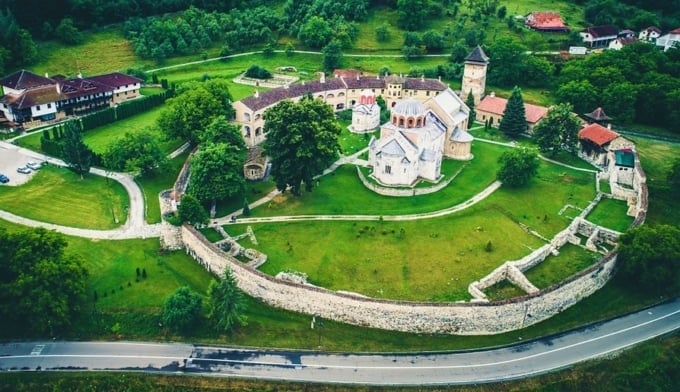
Located in the town of Kraljevo in central Serbia, Studenica Monastery was registered as a cultural World Heritage Site in 1986 as one of the largest Orthodox churches in Serbia. About 39 km southwest of Kraljevo, this monastery was founded in 1190 by Stefan Nemanja, the founder of the medieval Serbian kingdom. The dome-topped basilica-style church made of white marble is impressive, and the entire complex is surrounded by tall defensive walls.
The architectural style is unique, combining Romanesque and Byzantine elements known as the Raška School. Its designation as a World Heritage Site stems from not only its value as a historic structure but also from the exceptional Byzantine-style frescoes. Works such as “The Crucifixion of Christ” and the “King’s Church” frescoes are especially noteworthy. Enjoy the magnificence of Studenica Monastery as one of Serbia’s World Heritage treasures.
Name: Studenica Monastery
Address: 116, Brezova 36343, Serbia
Official/Related Website: http://www.manastirstudenica.rs/category/%D0%B2%D0%B5%D1%81%D1%82%D0%B8/
3. Medieval Monuments in Kosovo
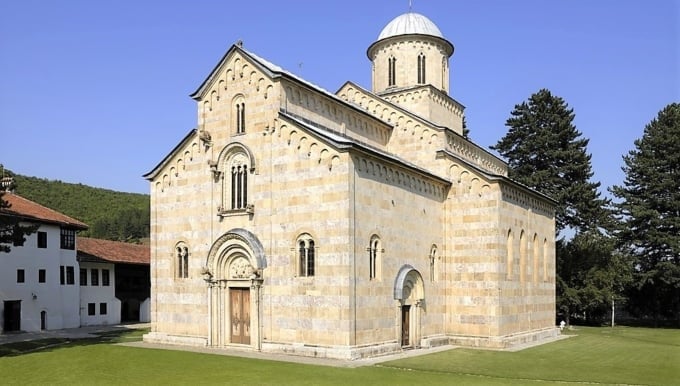
Although located in the de facto independent state of Kosovo, the “Medieval Monuments in Kosovo” are introduced here as part of Serbia’s World Heritage Sites. This inscription, registered in 2006, includes four buildings: the Dečani Monastery, the Patriarchate of Peć, the Church of the Virgin of Ljeviša, and the Gračanica Monastery. Among them, the Dečani Monastery—pictured—was registered earlier as an individual site in 2004, though it was also listed as a World Heritage Site in Danger until 2002.
This group of buildings, located within Serbia, has a historically unstable background both geographically and politically. They were registered as World Heritage Sites for their architecture in the style of the Palaeologan Renaissance and their medieval frescoes. Though this is a distinct and politically sensitive area within Serbia, the stunning architecture is certainly worth visiting.
Name: Medieval Monuments in Kosovo
Address: Autonomous province of Kosovo
Official/Related Website: http://whc.unesco.org/en/list/1253/
4. Gamzigrad-Romuliana, Palace of Galerius
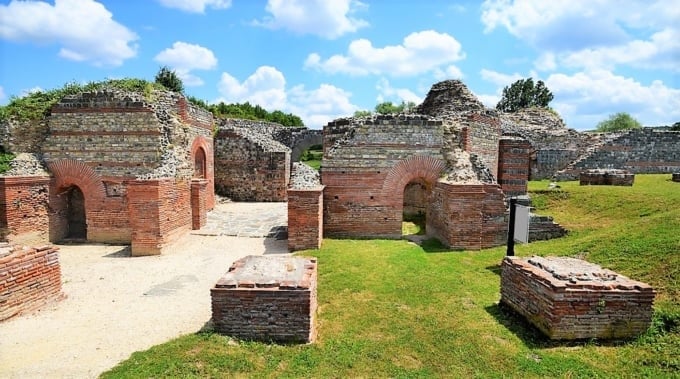
Registered in 2007 as Serbia’s fourth World Heritage Site, Gamzigrad-Romuliana, Palace of Galerius, is a cultural site that includes the ruins of ancient Roman fortifications and the Romuliana Palace. Gamzigrad is the name of a village located on the outskirts of Zaječar in eastern Serbia. The palace was constructed in 107 AD by order of Roman Emperor Galerius Maximianus.
Today, this World Heritage Site is open to visitors from April to November through the Zaječar National Museum. It was registered for its well-preserved architectural remains, offering a fine example of Roman palace design. Situated near the Serbian-Bulgarian border, the site is marked by striking columns and ancient ruins.
Name: Gamzigrad-Romuliana, Palace of Galerius
Address: Zaječar, Serbia
Official/Related Website: https://whc.unesco.org/en/list/1253
5. Stećci Medieval Tombstones Graveyards
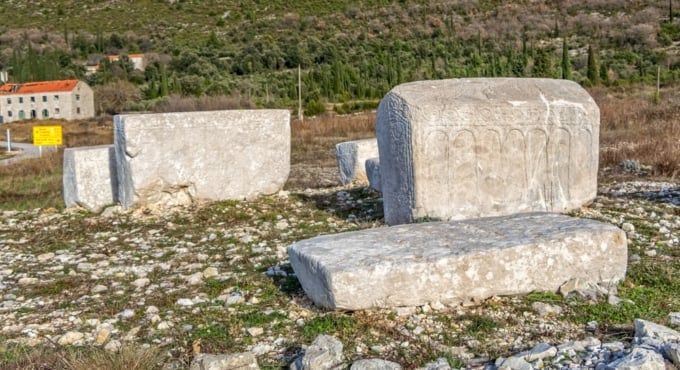
The most recently registered World Heritage Site in Serbia is the Stećci Medieval Tombstones Graveyards. These graveyards are spread across a wide area not only in Serbia but also in Croatia, Montenegro, and Bosnia and Herzegovina. Approximately 70,000 decorated tombstones have been discovered, but 30 of the most significant were registered as a World Heritage Site in 2016. Among these, three are located in Serbia—in Mramorje, a village in western Serbia called Perućac.
These large tombstones, believed to have been made between the 12th and 16th centuries, still hold many mysteries. However, they were recognized as valuable evidence of the cultural traditions and civilization of that time. This is a monument that will likely be the subject of continued research in the future.
Name: Stećci Medieval Tombstones Graveyards
Address: Perućac, Serbia
Official/Related Website: https://whc.unesco.org/en/list/1504
◎ Summary
We’ve introduced five of Serbia’s World Heritage Sites. Each one is a remarkable and must-see example of Serbia’s beautiful architecture and historical ruins. While access to these sites may not be the most convenient, they offer plenty of rewarding sights. You can enjoy ancient mysteries, historic buildings, and stunning medieval art. Why not plan a journey to explore Serbia’s World Heritage Sites?
RELATED ARTICLES
REGIONS
CATEGORIES
FEATURED ON Serbia
MOST POPULAR ON Serbia
-
 1
1Doha: Must-see Attractions in the Capital of Qatar
-
 2
2Toronto: 10 Things to do in this Picturesque Canadian City
-
 3
3Amarillo: A City Famous for It’s Amazing Canyons, Great History and Music
-
 4
4South Korea: Dazzling Scenery, Rich Culture and Fascinating History
-
 5
5Kuwait: A Country in Middle East Asia Famous for Hot Sand Dunes and Stunning Cityscape


